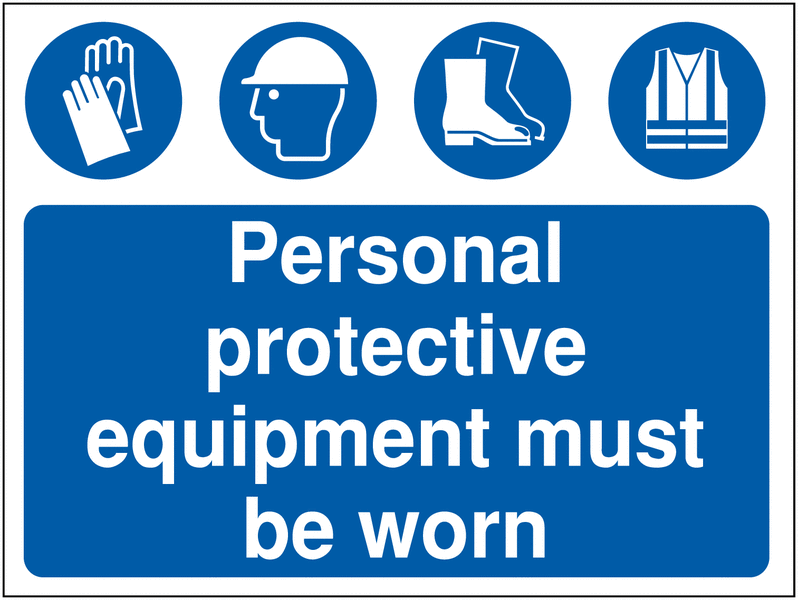A frequent observation by our H&S advisors is that of employees not wearing the PPE/RPE provided by their employer, or worse still, not wearing it correctly.
Although PPE/RPE is issued as a last resort in risk management, meaning it is considered the last line of defence between the wearer and the exposed risk it has been provided to protect against, there are clear benefits of correctly worn PPE includng the reduced likelihood of long-term illness and serious damage from potential workplace incidents, and of course better compliance with both internal and external health and safety systems. Here are some considerations that, as an employer, may assist in encouraging your employees to wear their PPE/RPE
- Put up clear and visible signage reminders about PPE
If workers are regularly reminded that they must wear PPE such as hardhats and high-vis jackets, it increases the likelihood of them doing it as a matter of course; tapping into the power of habit and muscle memory. Another benefit of including signage on PPE is that it can show a demonstration of how and when the equipment is to be worn.
- Reinforce workers positively who are wearing PPE
If you have already invested in signage reminding your workers to wear PPE, you should start to monitor those who are wearing it and praise them. A lot of research has shown that positive reinforcement works much better than a hypercritical approach. Whilst it is important that workers understand the seriousness of wearing the correct PPE at the correct time, having more of a positive and warm approach will reinforce the wearing of PPE in the minds of employees, increasing the uptake of PPE in the future.
- Try to discourage the hostile criticism of not wearing PPE
Leading on from the previous point, when it comes to those not wearing PPE, try to avoid heavy criticism where possible. This can demotivate workers and cause them to feel alienated in the working environment. Try to encourage them to wear it with a more positive attitude, praising them on the occasions that they do wear the right equipment. (Persistent offenders, may need a more robust disciplinary process, but this does not mean it has to be the first line of enforcement)
- Make sure the PPE you use is comfortable and practical
If it is uncomfortable and impractical there will always be resistance to wearing it. Therefore all PPE must fit well, is easy to put on and does not deteriorate the worker’s condition over time. Investing in comfortable PPE has been shown to increase the overall adoption of protective equipment.
- Provide target and focused training
Some PPE/RPE requires the user to be trained in its before use inspection, putting it on, cleaning it and storing it away safely for its next use. This training is also an opportunity to discuss the purpose and function of the equipment and why it is important that it is worn and worn correctly. Record that this training has been completed.











